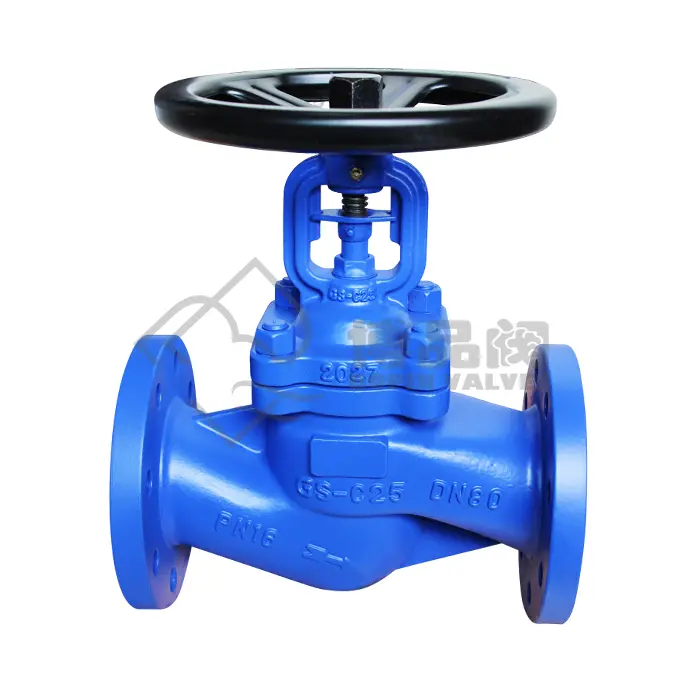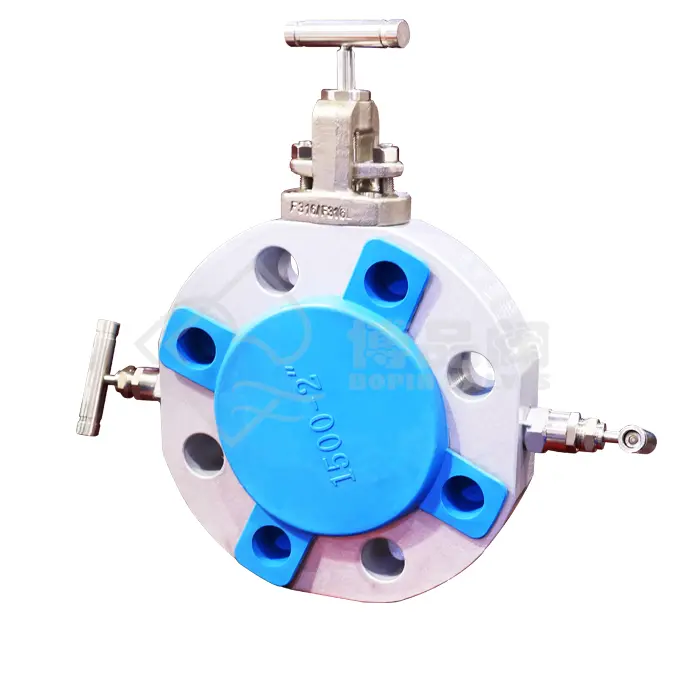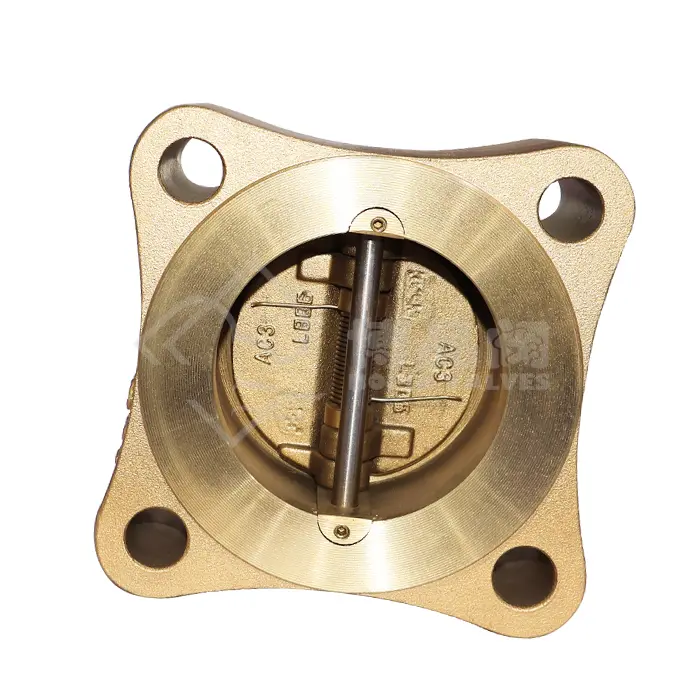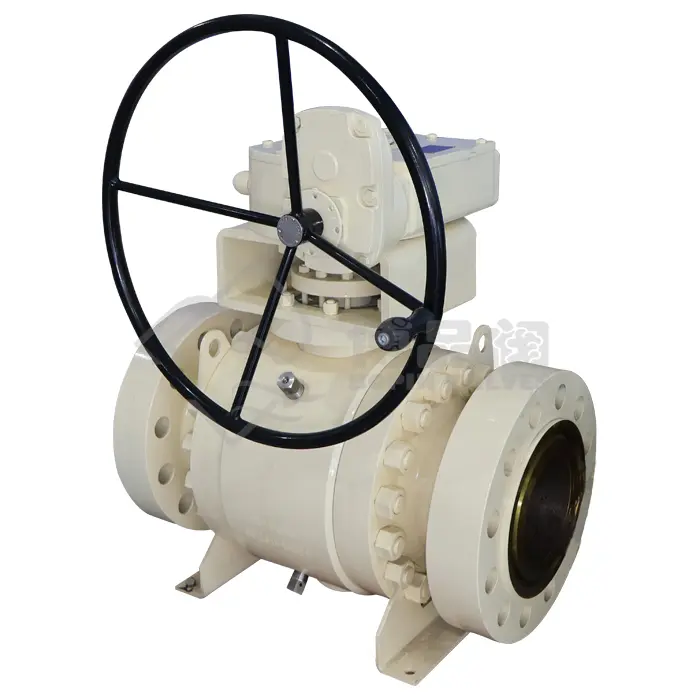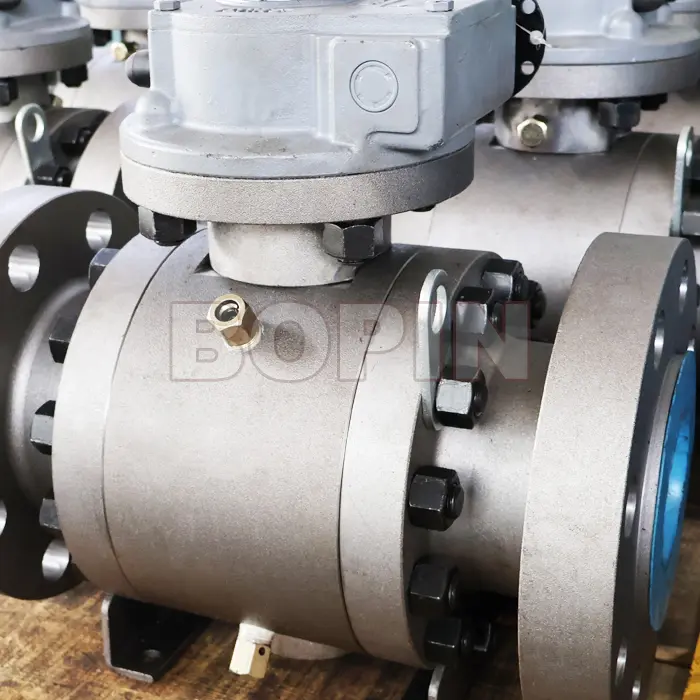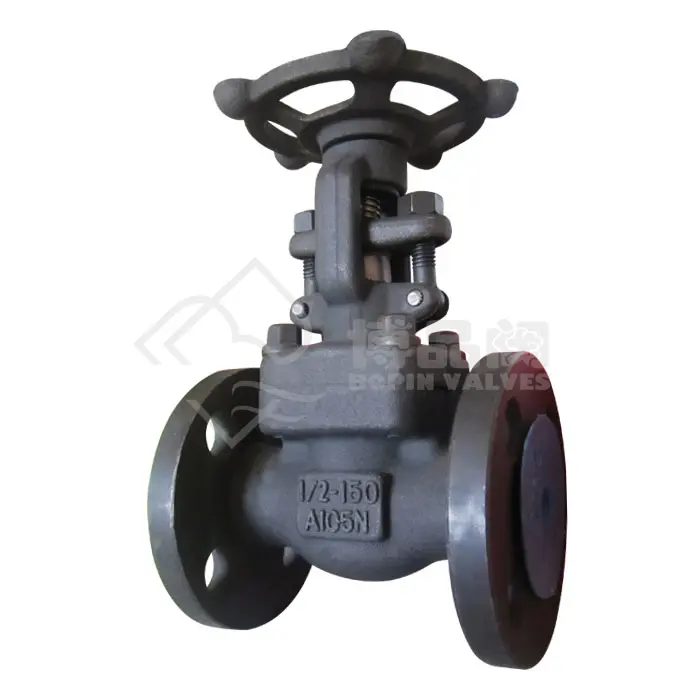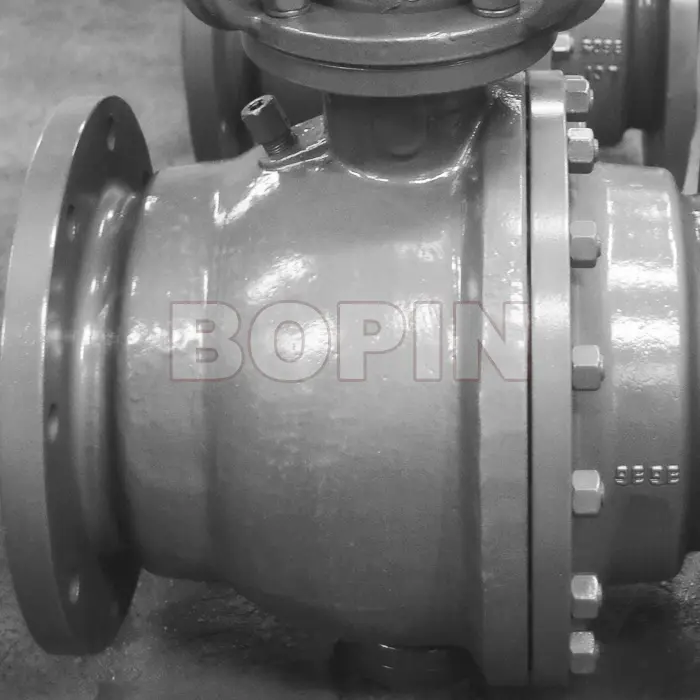API 6D Forged Steel Ball Valve
The API 6D Forged Steel Ball Valve is a critical component in the industrial, oil, gas, and petrochemical sectors. It is specifically designed to meet the stringent requirements of the American Petroleum Institute's (API) 6D standard for valves used in pipeline systems. This valve is made from forged steel, which provides superior strength, durability, and reliability in high-pressure and high-temperature environments. In this article, we will discuss the key features, construction, applications, and benefits of the API 6D Forged Steel Ball Valve, offering a comprehensive understanding of its role in industrial pipelines.
Forged Steel Gate Valves
Forged steel valves are critical components used in various industries, including oil and gas, chemical processing, power generation, and water treatment, to control the flow of fluids or gases through pipelines and systems. These valves are made by forging, a process in which steel is heated to a high temperature and then shaped under pressure to form the desired shape. This forging process enhances the material's mechanical properties, such as strength, durability, and resistance to stress and fatigue. In addition to their strength and durability, forged steel valves offer excellent resistance to corrosion and wear, making them a preferred choice in demanding applications. Regular maintenance, including inspection and testing, is essential to ensure that forged steel valves continue to function reliably throughout their lifespan.
API 6D Cast Steel A216 WCB Trunnion Mounted Ball Valve
A trunnion mounted ball valve is a type of ball valve where the ball is supported by trunnions (pins) at the top and bottom, rather than floating freely within the valve body. This design allows the ball to remain fixed in place and reduces the stress on the ball during operation. The trunnion mounted configuration makes it ideal for high-pressure, high-flow applications, as it requires less torque to operate compared to a floating ball valve. In a trunnion mounted ball valve, the ball is attached to two fixed supports, or trunnions, which are typically connected to the valve body. These trunnions allow the ball to rotate with minimal movement, ensuring a reliable seal and preventing wear caused by axial motion. The design offers a significant advantage in large diameter valves or high-pressure systems where torque would otherwise be excessively high.







